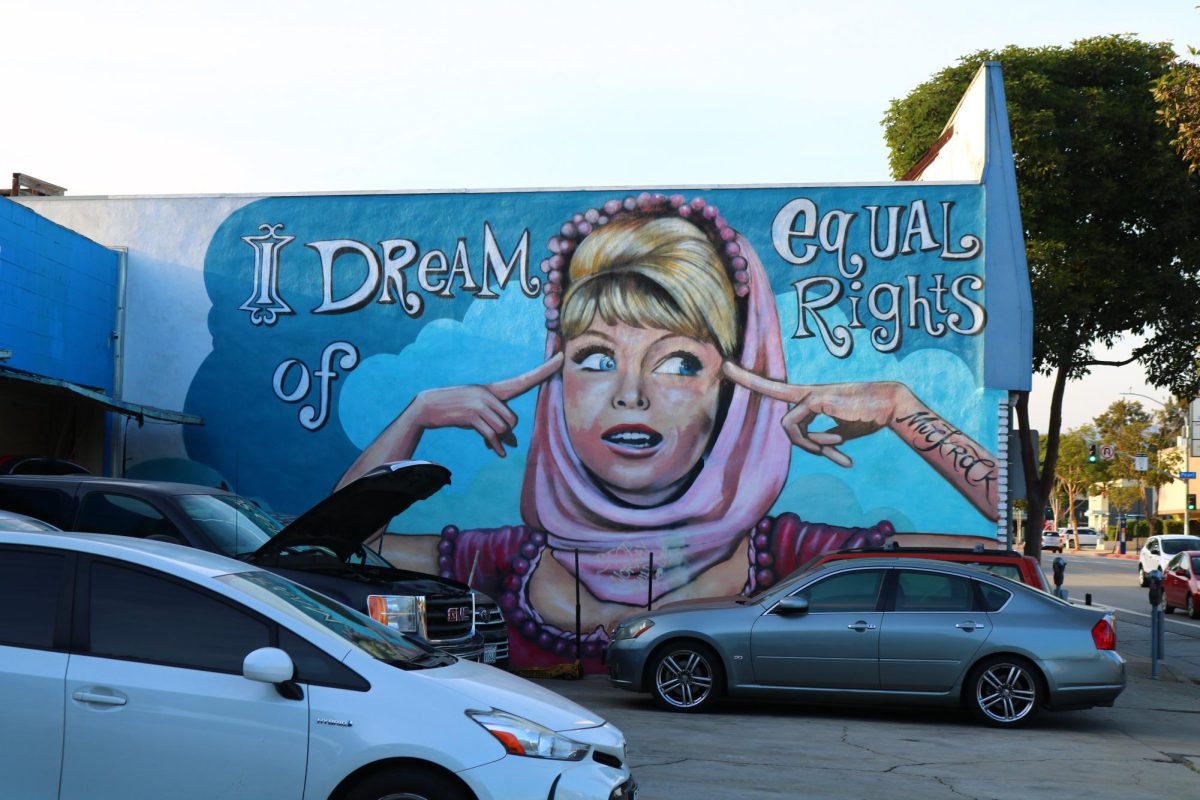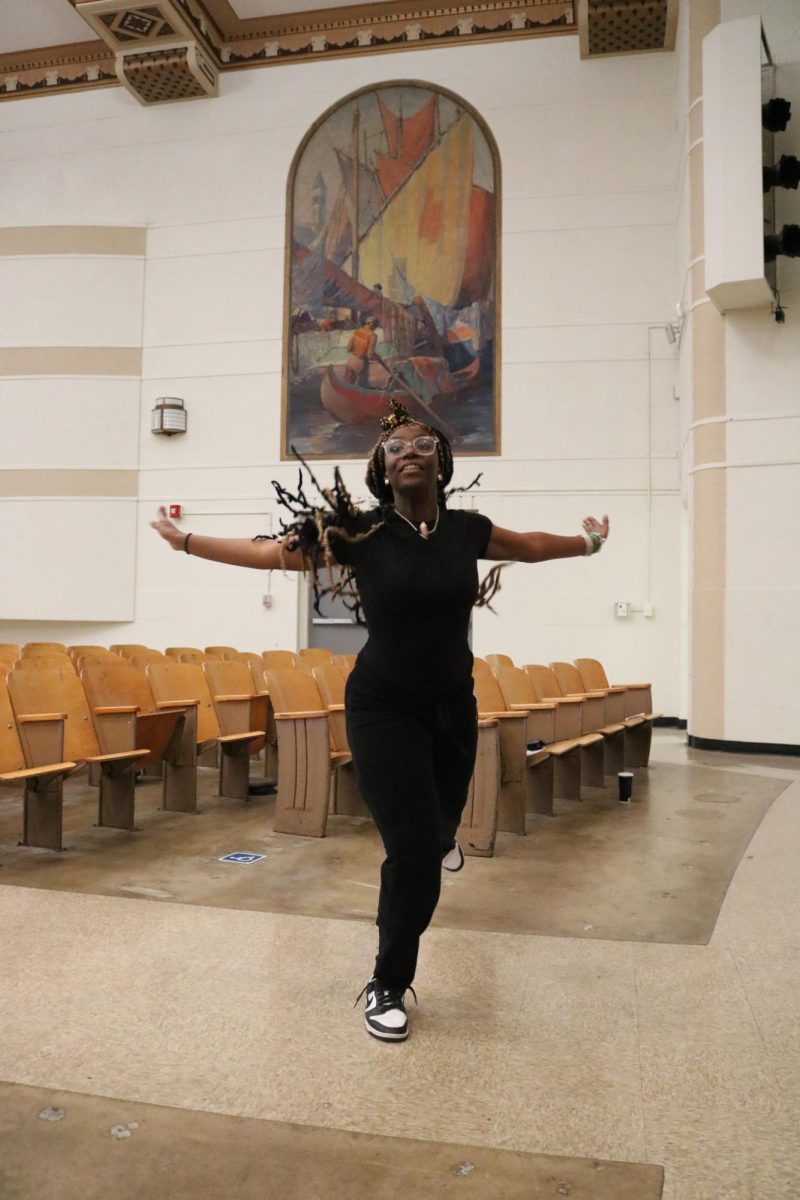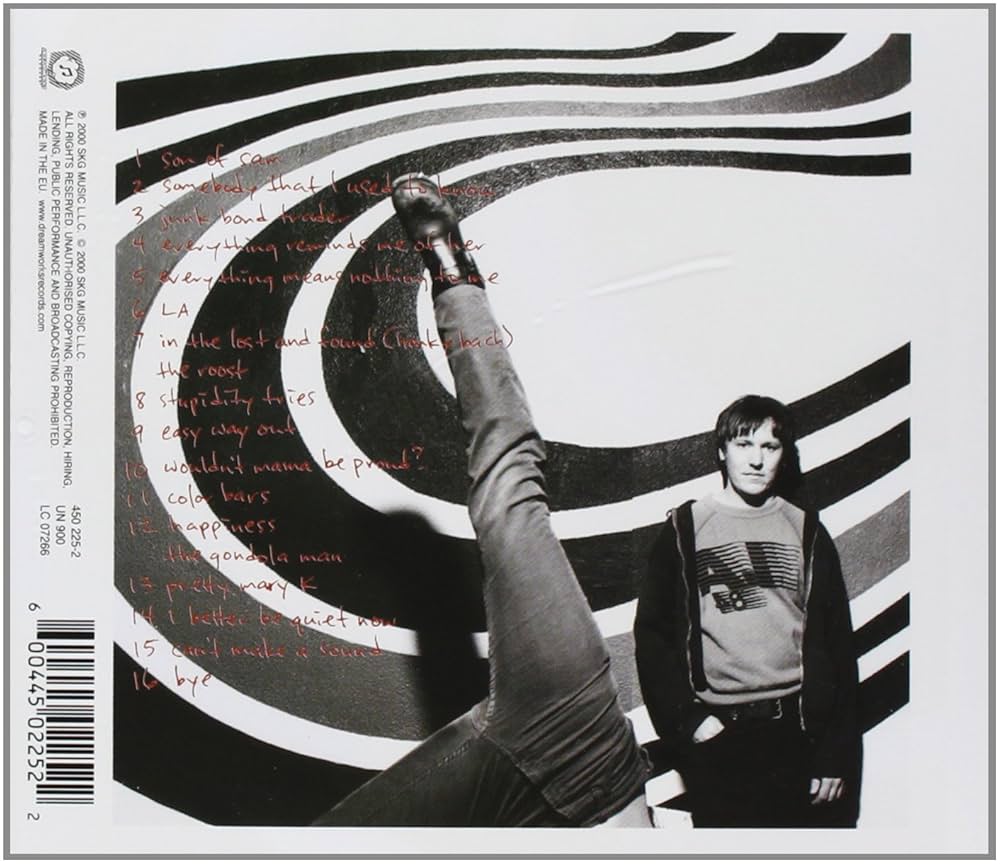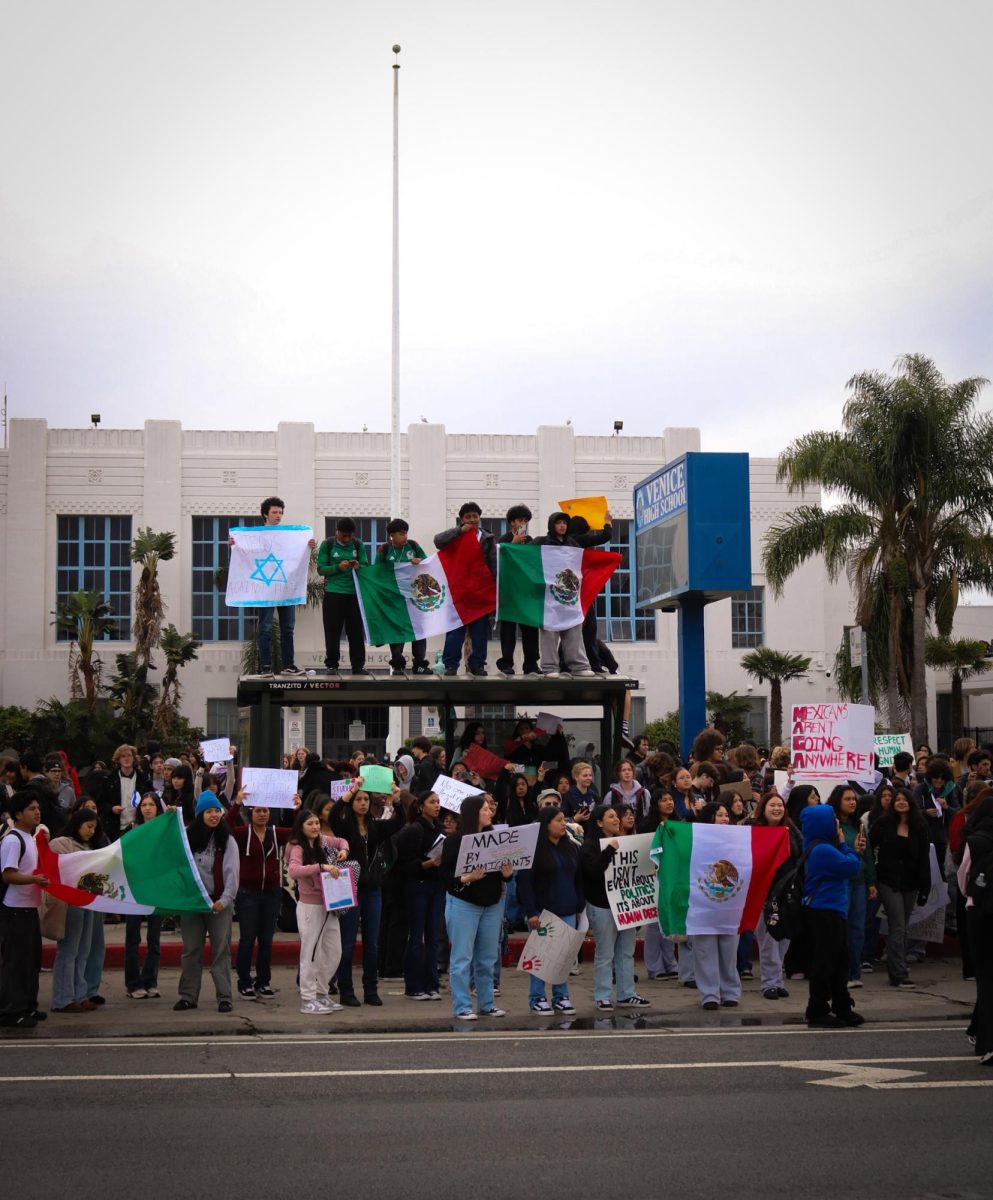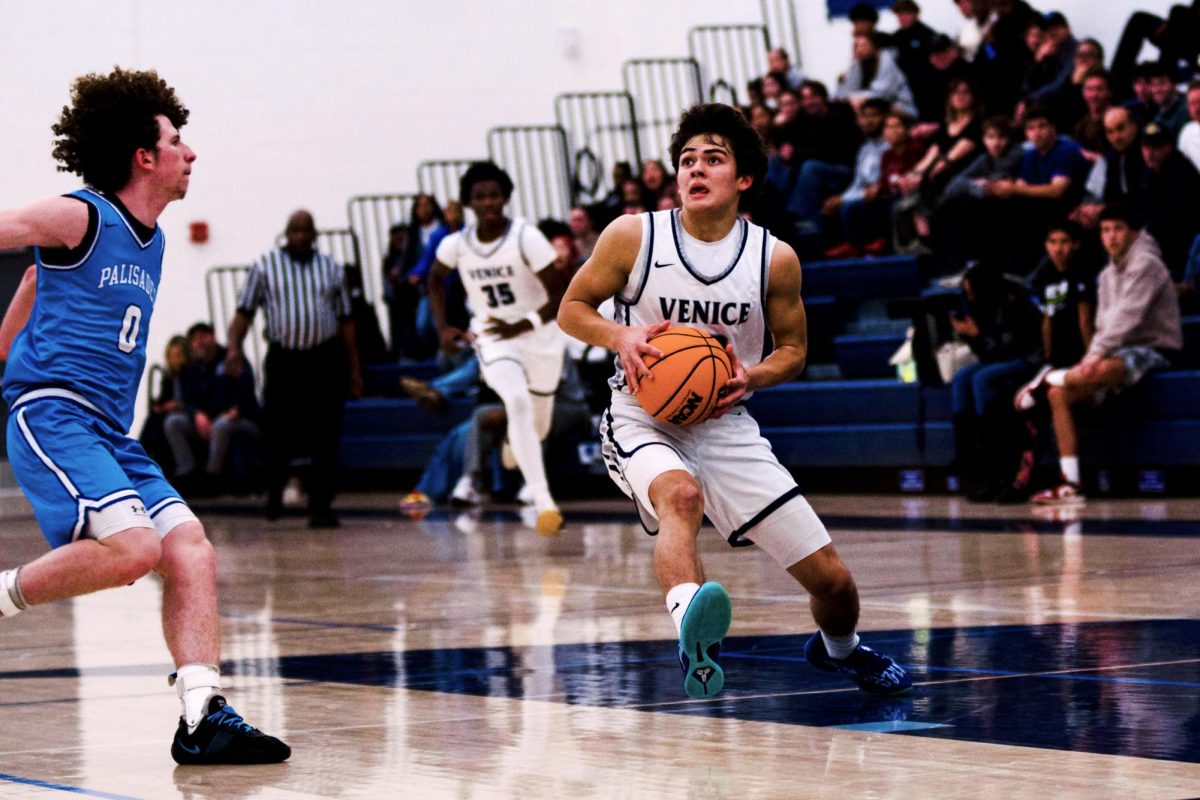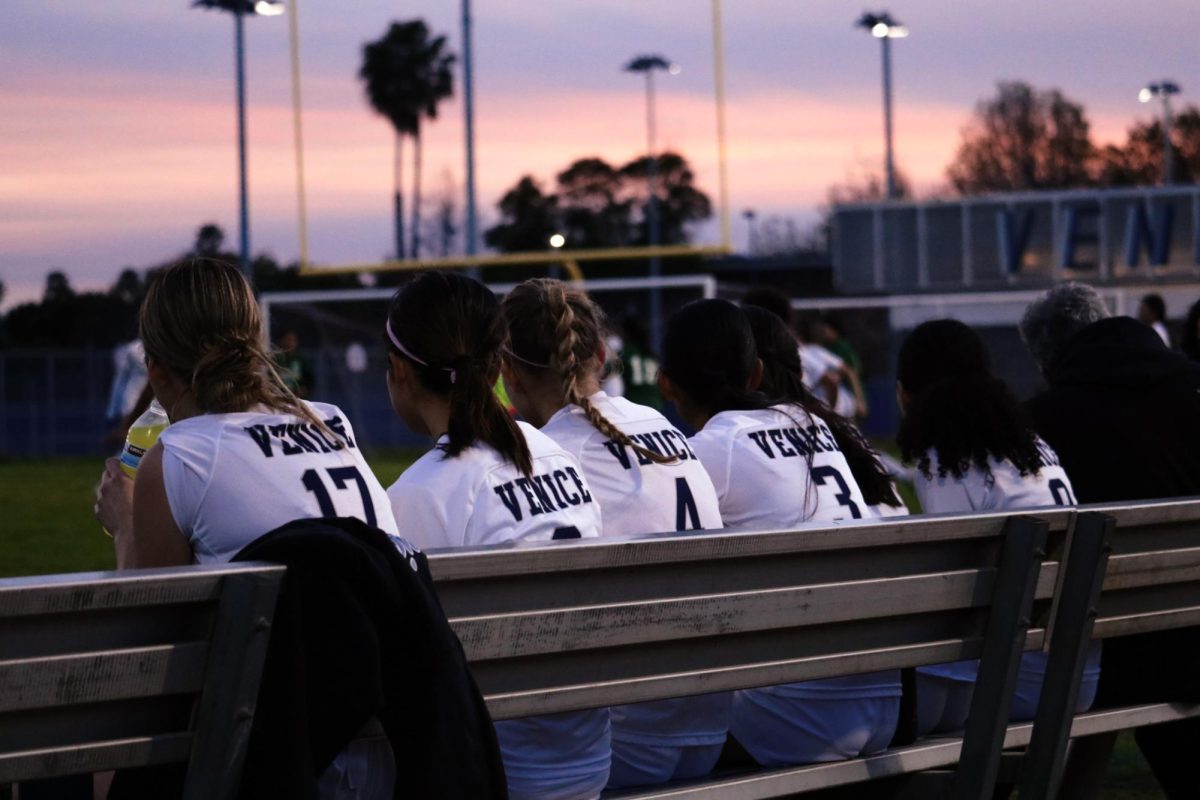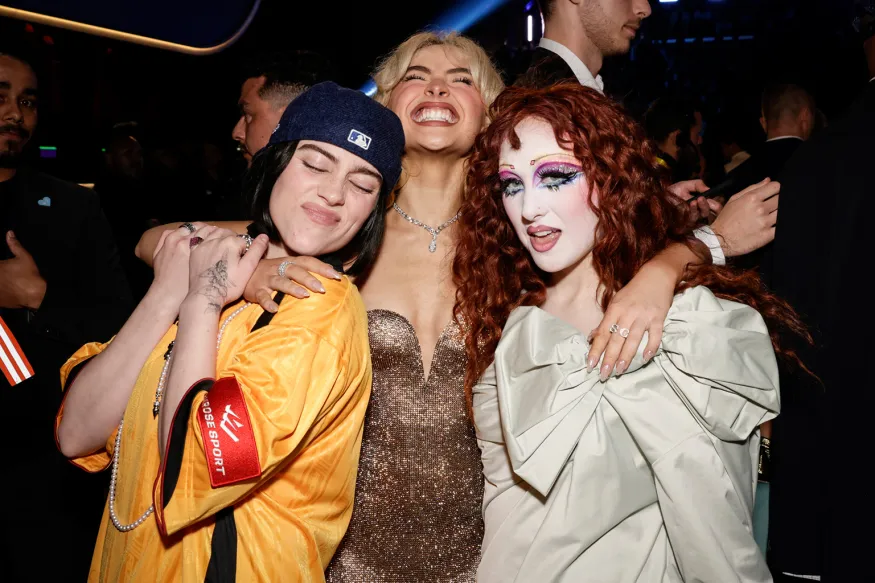Not all art can be found in a museum.
In Venice, art lives on the streets, slapped onto concrete walls and electrical boxes. From modern remixes of classical works like the Birth of Venus on the boardwalk to run-of-the-mill graffiti you can find scribbled all over the city, Venice is more held together by paint than it is brick and mortar.
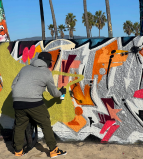
I’ve always been interested in art and what lies beneath it. Who painted it? Street art, with its expressive take on society, mysterious nature, and controversial opinions, has always fascinated me. With this interest in mind, I decided to take a deep dive into the back alley world of street art and graffiti to get a sense of what happens in the shadows.
Before I could fully delve into it I knew I needed to get a sense of the history behind street art in Venice. I needed to talk to someone who was there and who was a pioneer of their craft back when it was just first starting up. Luckily for me, this person happened to be working at our very own Venice High School.
District Office of Transition Services coordinator, Hector Tapia, was a first-hand wtness to the rise of street art. Growing up in the 1980s, he was able to see the evolution of this culture and how it has affected the community over time.
Meeting in his office in the science building, I was able to learn so much about street art and graffiti which set the entire foundation for my story.
Street art has solidified its place in Venice’s history. During this time, graffiti was prevalent around town as a way to mark territory, Tapia says. The classic graffiti style that can now be seen all over the city was more of a crest than it was an art form. However, this began to evolve as people started to use it in other ways.
“It was a way to build a reputation without being violent,“ Tapia says. “You were getting recognized for your talent.”
This style was now a way for people to say what they wanted to say through art in the city. It was a way for people to silently be heard.
“Everyone loves a good artist,” Tapia says. “You get deemed a good artist, and people respect you for that.”
“Graffiti is the final voice.”
These stories were great at giving me context for what I was getting into. Knowing more about this world’s origins made me even more excited to learn about what it is like now. This inspired me to begin talking to street artists about painting walls in the present. The only issue was that I didn’t know where to start.
Since street art is on the illegal side and could result in extensive fines or even jail time, many artists adopt hidden identities and do most of their work down low. I was worried I wouldn’t be able to get any first-hand information. I finally decided to just go for it and started DMing any artist I could. I figured this was as close to investigative journalism as I could get.
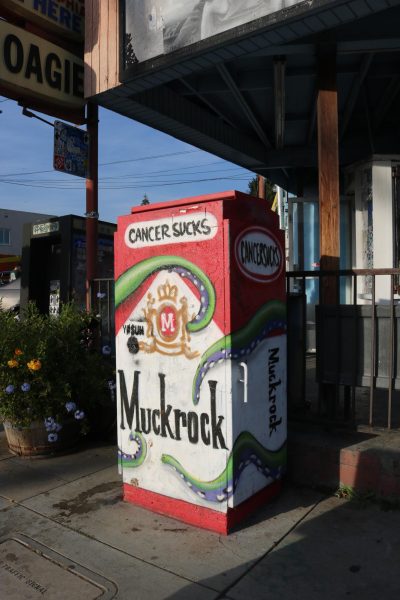
After a few days, I got a response from street art veteran Jules Muck, more commonly known under her tag MuckRock. Her poppy and colorful art style can be seen all over the city, and recently all over the country in states like Florida and Indiana. Getting a response from Muck caught me completely in awe; I’ve been obsessed with her work ever since I went to one of her shows when I was a kid. Needless to say, I was stoked to get a chance to talk to her.
She invited me to come to her studio in Venice, so one day after school I took the drive over and started my street art adventure. Her studio was on Santa Clara Avenue in what seems like a normal house when you first pass by, but once you walk in you are surrounded by art. It was like an immersive MuckRock gallery. The whole place smelled like paint and it was covered floor to ceiling with her artwork. There wasn’t an inch of wall space; even the chair I sat in was splattered with paint.
As we talked, she worked on a giant portrait of Marilyn Monroe and told me about her experiences doing street art in the Bronx, and later in Venice.
“Street art didn’t exist when I started writing on walls,” she tells me. “It was just graffiti.”
This graffiti that she alluded to was mostly done in NYC train stations when art was cut from the public school system starting in the 1970s. Kids were left without a way to express themselves so they turned to subway platforms instead of classrooms and concrete walls instead of canvases.
From this came the birth of modern-day graffiti, and it took time for these letters and scribbles to evolve into the fine wall art that we all know today.
“Lady Pink helped me to transition into doing more mural work,” Muck said. “She was my mentor. She found me on a rooftop in the Bronx, painting, and asked me if I wanted to paint with her.”
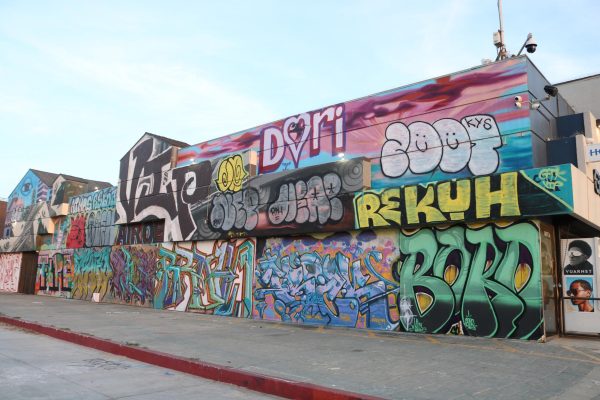
This is a common story for a lot of mural artists. With books like Subway Art becoming more popular, which highlighted work other than just the colorful symbols, larger murals started to take place. Street art legends like Muck’s mentor Lady Pink began to take this graffiti and make it something greater and more meaningful than letters in a subway station. These artists also discovered artists like Muck and gave them purpose in the street art world, believing in them and their skills.
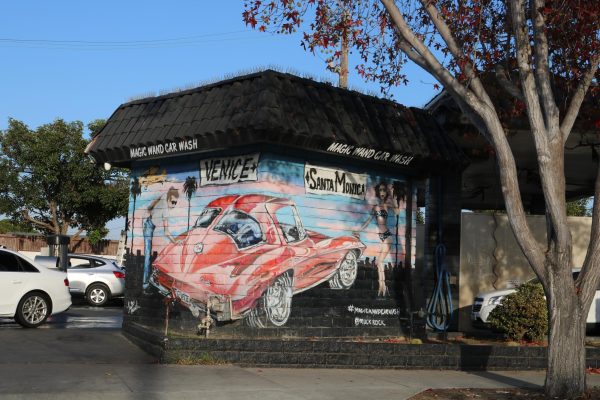
“I didn’t think that I would be able to do anything except write M-U-C-K,” she said. “She believed in me before I believed in me.”
As time progressed, street art evolved from being just graffiti and tagging to involving more mural work through these artists developing their styles and goals. As they evolved, they started to leave NYC as well.
After starting out in the artistic hub that is New York like many other street artists, Muck made her way to Venice in the early 2000s. When she first came to Los Angeles, she had plans to live with a friend of hers and start her art in Venice. However, once she had a falling out with her friend, she ended up living in her car on Electric Avenue, stretching canvases in the middle of the street.
“Some of my old pieces from that time have tire tracks on the back,” Muck said.
Her lack of a studio ended up being the best way to jump-start her career in Los Angeles. By painting in the street, she grabbed the attention of people passing by who were curious as to who this woman painting on the sidewalk was. This ended up opening the door for her to get commissioned work.
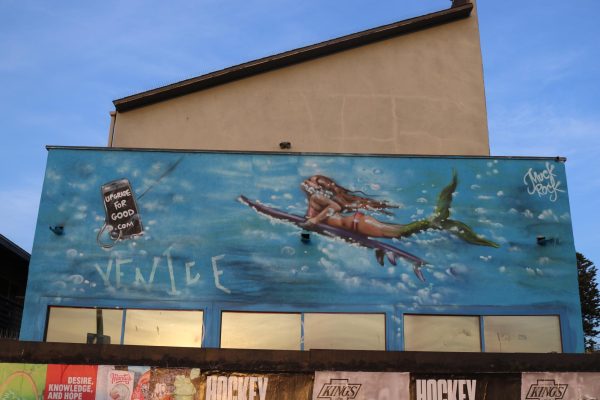
“I was forced to speak to people and show them my art,” she said. “So people showed up to my show and brought people who wanted my work.”
With just her first art show, she was able to get enough money to get a studio and start her prolific career in Los Angeles. Muck was a perfect start to my journey down the street art rabbit hole. Her stories completely captivated me and I knew that I needed to learn more. I needed to talk to more people and get different stories. That’s when Muck turned me on to a friend of hers who has spent the last couple of years deep in the world of street art and graffiti.
Carter Nowak, a young Venice alumnus turned filmmaker, has been crafting a documentary about street artists. Over the last couple of years, he has been collecting over 300 hours of footage by hanging around Venice and talking to the area’s popular artists.
Upon leaving Muck’s studio, Nowak texted me, telling me to meet him at the Venice Boardwalk as soon as possible. He was about to go see an important artist (who still remains anonymous) and was willing to introduce me. Needless to say, I raced to the Boardwalk.
Unfortunately, by the time I got there, he had vanished. However, I still got the chance to talk to Nowak.
Nowak began his adventure making films about artists (nothing too fancy or chaotic, just quick artist profiles). After immersing himself in the scene, he met more artists, continuing to document their work.
“It just spiraled,” he said.
As time went on, the documentary began to capture the stories of numerous artists including MuckRock, Jesus Saves in New York, and others.
Excited to hear about his street art journey, I met him after school one day at a Thai restaurant off of Lincoln. He had some crazy stories from traveling the country- from painting murals with MuckRock to climbing up a janky PVC pipe ladder to paint billboards with other artists. My conversation with him shined a light on a new part of the street art world that I didn’t get as much from Muck.
While Muck knew the history and the process of this scene, Nowak knew the artists in a different way.
Through his documentary, he’s learned about the people behind the art. He explained to me that not every artist is the same and that not every artist is in it for the same reasons. While you would think that all street artists would be friends, I learned that this was not the case and often their differences can create tension within the community. This being said, it can also create bonds between artists as they all look out for each other in the topsy-turvy scene they’ve created.
“They’re good souls,” Nowak said. “It’s kind of an honor among thieves, but some thieves are not as bad as others.”
Street art is a niche community. It started as an outlet for students like Tapia who were swept up in a dangerous time with no way to express themselves, and evolved into a beautiful and unique art form. It showcases a lot of a city’s past and present with nothing more than a few pictures.
It makes a city one giant canvas, added to and changed by artists over countless generations. Street art will remain a notable part of Los Angeles life and culture.
Though it is an artistic practice with flaws, its history is fascinating and the impact it has on communities is irreplaceable. MuckRock put it simply: “People like to be around art.”

